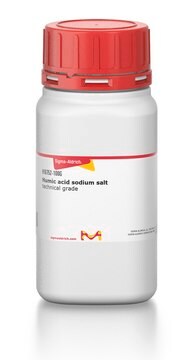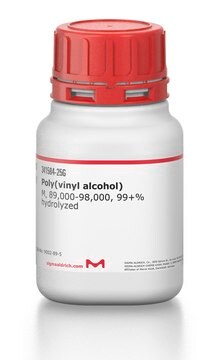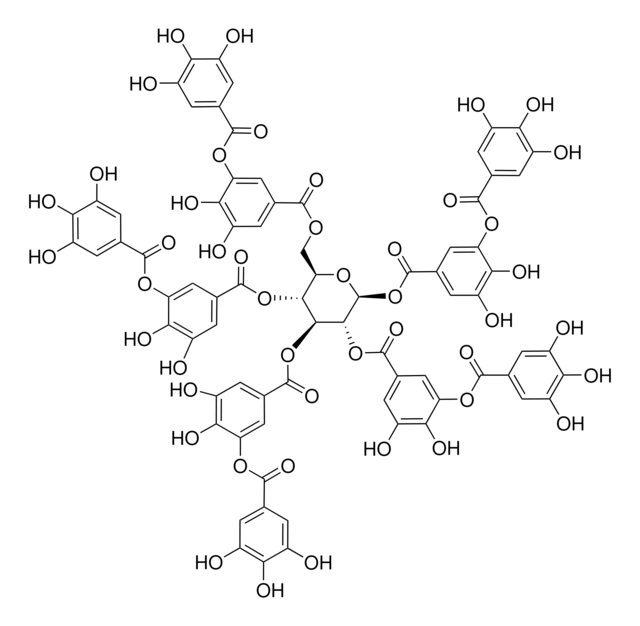Kluczowe dokumenty
939757
Sulfonated bisphenol-A-polysulfone

proton conducting polymer, (degree of sulfonation 90%)
Synonim(y):
Polyaromatic sulfonic acid, SPSF, Sulfonated PSF, Sulfonated aromatic polymer, Sulfonated poly(arylene ether sulfone) ionomer
About This Item
Polecane produkty
opis
degree of sulfonation 70-110%
Poziom jakości
Formularz
powder
masa cząsteczkowa
20-80 kDa
kolor
white to beige
mp
>300 °C
grupa funkcyjna
sulfonic acid
architektura polimerowa
shape: linear
ciąg SMILES
O=S(C1=CC=C(OC(C=C2)=CC=C2C(C)(C)C3=CC=C(OC(C(S(=O)(O[Na])=O)=C4)=CC=C4S(C5=CC=C(O[*])C(S(=O)(O[Na])=O)=C5)(=O)=O)C=C3)C=C1)(C6=CC=C(OC7=CC=C(C(C)(C)C8=CC=C([*])C=C8)C=C7)C=C6)=O
Opis ogólny
Zastosowanie
In addition to fuel cells, sulfonated aromatic polymers are also utilized in other energy-related applications. They are employed in redox flow batteries, which store energy by using electrolytes that undergo reversible redox reactions. The chemical stability and proton conductivity of these polymers contribute to the overall performance and longevity of such energy storage systems.
Moreover, sulfonated aromatic polymers find application in water treatment membranes. These membranes are used in processes like reverse osmosis, nanofiltration, and ultrafiltration to separate and purify water by selectively allowing the passage of water molecules while blocking contaminants and impurities. The chemical resistance of sulfonated aromatic polymers makes them suitable for handling harsh environments and maintaining high water permeability.
Furthermore, sulfonated aromatic polymers are explored for their potential in gas separation membranes, where they can be used to selectively separate gases such as hydrogen, carbon dioxide, and oxygen for various industrial processes.
Overall, the unique combination of properties exhibited by sulfonated aromatic polymers, including thermal stability, chemical resistance, and proton conductivity, makes them highly versatile and valuable for applications in fuel cells, energy storage, water treatment, and gas separation. Continued research and development in this area hold the potential for further advancements and innovations in these fields.
produkt powiązany
Kod klasy składowania
11 - Combustible Solids
Klasa zagrożenia wodnego (WGK)
WGK 3
Temperatura zapłonu (°F)
Not applicable
Temperatura zapłonu (°C)
Not applicable
Wybierz jedną z najnowszych wersji:
Certyfikaty analizy (CoA)
Przepraszamy, ale COA dla tego produktu nie jest aktualnie dostępny online.
Proszę o kontakt, jeśli potrzebna jest pomoc Obsługa Klienta
Masz już ten produkt?
Dokumenty związane z niedawno zakupionymi produktami zostały zamieszczone w Bibliotece dokumentów.
Nasz zespół naukowców ma doświadczenie we wszystkich obszarach badań, w tym w naukach przyrodniczych, materiałoznawstwie, syntezie chemicznej, chromatografii, analityce i wielu innych dziedzinach.
Skontaktuj się z zespołem ds. pomocy technicznej







